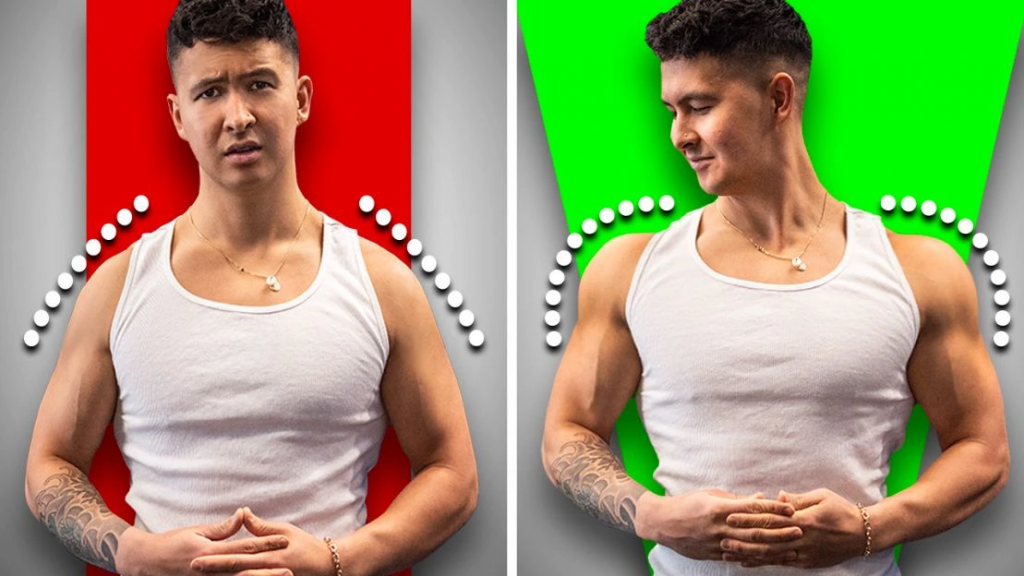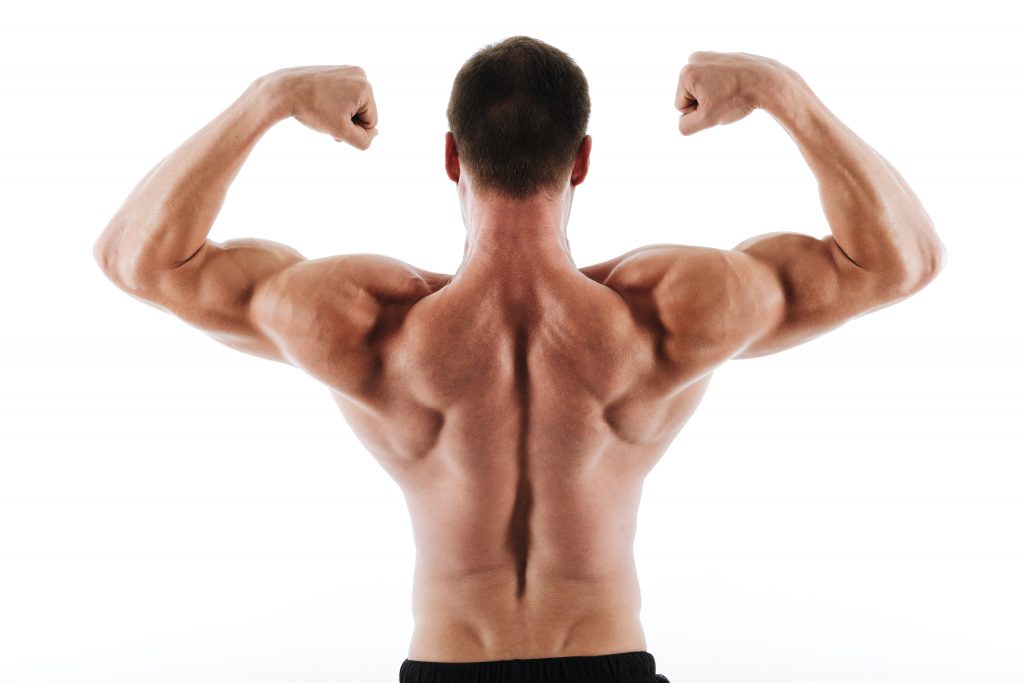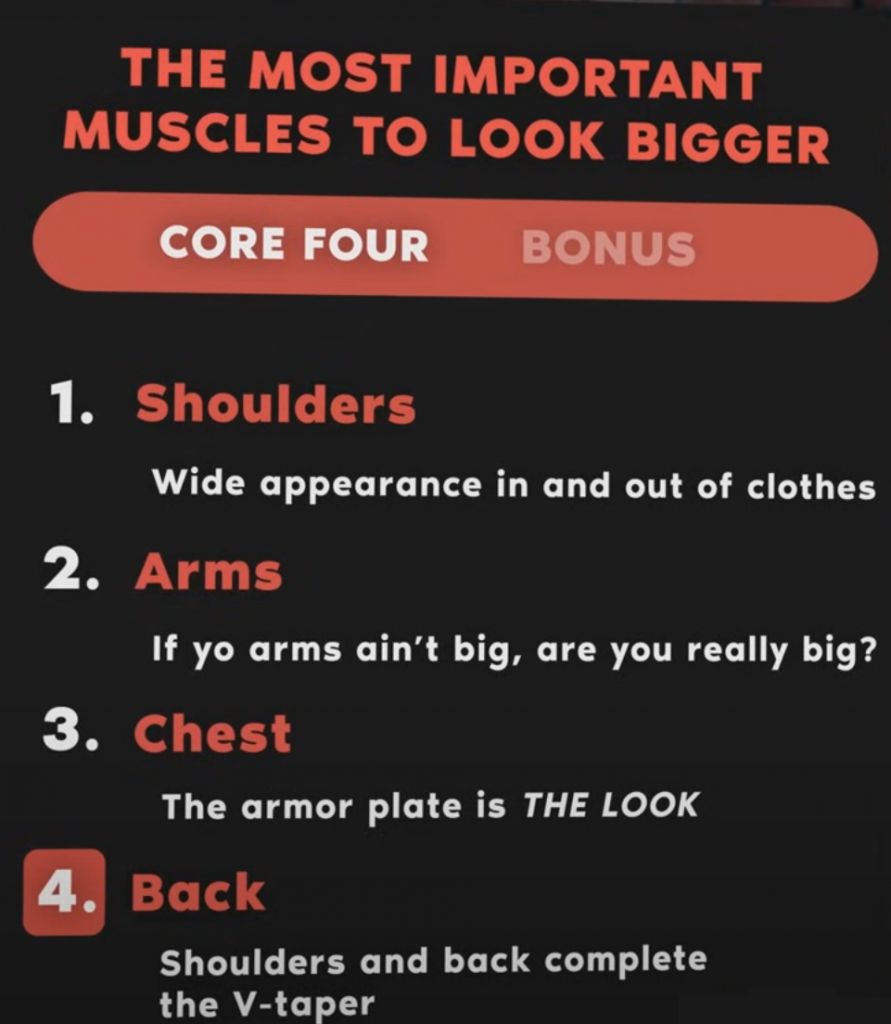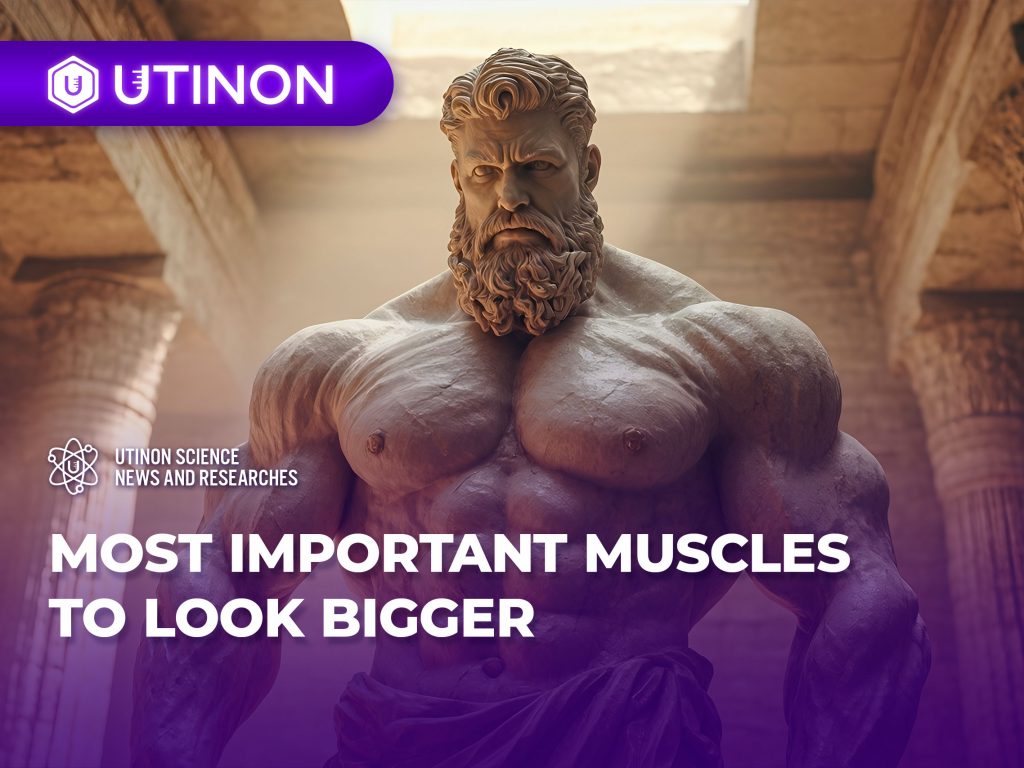In today’s fitness-driven world, looking jacked isn’t just about raw strength—it’s about commanding attention, whether you’re strutting through a crowded street, hitting the gym, or stepping onto a stage. For men aiming to transform their physique and leave a lasting impression, the question arises: which muscles should you prioritize to look truly jacked, both in clothes and out? This guide, grounded in scientific expertise and real-world aesthetics, ranks the most critical muscles for a powerful, eye-catching look. I’ll dive deep into why these muscles matter, how to train them effectively, and address common misconceptions, ensuring you train smarter to maximize your jacked appearance. Let’s explore this globally relevant topic and help you sculpt the ultimate physique!
Why Focusing on the Right Muscles Defines a Jacked Look
Looking jacked isn’t a random outcome—it’s a deliberate process shaped by how people subconsciously perceive your physique. In our image-conscious society, the way random passersby, gym-goers, or peers judge your size and strength can define your confidence and presence. While strength is important, aesthetics often take center stage, and certain muscles create an immediate visual impact that screams “jacked.” Let’s break down the science and strategy behind looking jacked, ensuring you focus on what truly matters.
The Top 5 Muscles to Prioritize for a Commanding, Jacked Physique
Here’s an in-depth look at the five most important muscle groups to train for maximum jacked appeal, ranked by their visual and psychological impact. I’ll explain why they’re critical, how they shape perception, and how to train them effectively for both clothed and unclothed settings.
1. Shoulders: The Cornerstone of Width and V-Taper
- Why They’re Essential: Shoulders, particularly the side delts, are the foundation of a jacked physique. Their width is often the first thing people notice subconsciously, creating an immediate impression of size and power. Broad shoulders set up the iconic V-taper, making your waist appear smaller by comparison and signaling a dominant, jacked presence. Even if your other muscles aren’t as developed, massive shoulders can make you look bigger and more imposing—think of someone with four-foot-wide delts turning heads, even if their lower body lags.
- Visual Impact: This two-factor model—shoulder breadth and waist contrast—drives the jacked look. A guy with huge shoulders and a slim waist looks not just big, but powerfully jacked, while someone with broad shoulders and a protruding gut might be large but not necessarily jacked. It’s the combination that creates the wow factor.
- How to Train: Target side delts with upright rows, lateral raises, cable lateral raises. Train them 2–4 times weekly with high volume, as they recover quickly and respond well to frequent stimulation. As your shoulders grow, you’ll notice your silhouette widening dramatically, enhancing your overall jacked appearance and making it the top priority for anyone aiming to stand out.

2. Arms: The Ultimate Symbol of Strength and Jacked Appeal
- Why They’re Crucial: Big arms—biceps, triceps, and forearms—are the ultimate power statement in any jacked physique. They’re impossible to ignore, whether you’re flexing in a mirror or casually rolling up your sleeves. In social settings, like sizing up someone in a public restroom or at a restaurant, big arms instantly elevate your status. Historically, icons like Thomas Edison or modern legends like Rich Piana showcase how massive arms dominate perception—no one looks at Rich Piana’s arms and thinks, “Eh, whatever.” They command respect and admiration.
- Visual Impact: Arms are always visible, even in a fitted shirt or jacket, making them a constant marker of jackedness. In everyday scenarios, like washing hands at an Olive Garden sink, big arms can shift dynamics—small arms make you look weak, but massive ones make you a “king” worth bowing to (metaphorically, of course!). They’re never the wrong answer to looking jacked.
- How to Train: Prioritize compound lifts like bench presses and pull-ups, paired with isolation moves like bicep curls and tricep extensions. Train arms 2–3 times weekly with moderate to high volume, focusing on size and definition. This consistent effort ensures your arms become a standout feature, complementing your shoulders for a truly dominant look.

3. Chest: The Armor Plate That Defines Jacked Power
- Why They’re Vital: A massive chest, with well-developed pecs, creates an “armor plate” look that’s unmistakable and intimidating. Big pecs jut out, signaling raw strength and size, making you appear formidable to anyone sizing you up. Without them, even broad shoulders and big arms can seem incomplete or unimpressive. In fitness circles or casual encounters, a jacked chest says, “I’m not just big—I’m a force.”
- Visual Impact: Pecs add depth and presence to your upper body, contrasting with a narrow waist to enhance the V-taper. If you see someone with big delts and arms but a bony chest, you might dismiss them as less jacked. But add pecs that hang like phone books (for those who remember those!), and you’re instantly a contender for “king” status—think of benching 400+ pounds, where pecs become a defining feature.
- How to Train: Focus on bench presses (barbell, dumbbell), incline presses, and flyes, training 2–3 times weekly with heavy weights and volume. Push close to failure to build that armor-plate look, ensuring your chest complements your shoulders and arms for a fully jacked upper body.
4. Back: The Powerhouse That Completes the Jacked Silhouette
- Why They’re Essential: A wide, thick back is the backbone (pun intended) of a jacked physique, especially from behind. Big lats create an exaggerated V-taper, while thickness (from spinal erectors and other back muscles) signals raw, masculine strength. In clothes, a broad back makes fitted shirts or suits look epic; without clothes, it’s pure power that impresses both casual observers and fitness experts. A weak back undermines even the most jacked upper body, making it a critical piece of the puzzle.
- Visual Impact: For hardcore lifters or those behind you, a massive back establishes dominance. Wide lats make you look broader, while thickness adds a rugged, strong energy—perfect for impressing at the beach, gym, or even picking up your kids (where someone might notice and be in awe). A thin back, however, can make you look incomplete or weak, even with big arms and pecs.
- How to Train: Target lats with pull-ups, rows, and lat pulldowns, and build thickness with deadlifts, back extensions, and shrugs. Train 2–3 times weekly with high volume, focusing on both width and depth. This ensures your back enhances your V-taper and solidifies your jacked presence from all angles.

5. Legs: Do They Really Contribute to a Jacked Look?
- Why They’re Less Critical: Let’s be honest—most people, especially women, don’t care about leg size when judging jackedness. Even with absurdly large legs (like mine, which some say look like four legs instead of two), the average person won’t notice or prioritize them. Legs make you look athletic, but they rarely factor into the “jacked” perception unless you’re in bodybuilding, powerlifting, or strongman circles. Only advanced lifters might critique small legs after noticing your impressive upper body.
- Visual Impact: In everyday life, 99% of people focus on your upper body—shoulders, arms, chest, and back. Big legs are a bonus for athleticism, but they don’t drive the jacked look. Women might claim they prefer big legs over upper bodies (a statistical rarity I’ve rarely encountered), but data shows most value a muscular upper body when assessing jackedness.
- How to Train: If you want athletic, strong legs, include squats, leg presses, and lunges 1–2 times weekly. But for pure jacked appeal, prioritize upper-body muscles—legs are supplementary, not essential, for looking jacked to the masses.
Bonus Muscles: Traps and Forearms for That Extra Jacked Edge
These muscles won’t define your jacked look alone, but they elevate it when combined with the core four:
- Traps: Big traps (from shrugs, deadlifts, or rows) give you that “yoked” Tom Hardy look, complementing broad shoulders, arms, and back. Train them 1–2 times weekly, but only after building your primary jacked muscles. Alone, big traps can look odd or unbalanced, but with a strong upper body, they add a rugged, brick-like thickness that’s undeniably jacked.
- Forearms: Thick forearms signal grip strength and power, adding intrigue and appeal even in a shirt. Use wrist curls, grip work, or compound lifts, training them 1–2 times weekly. They complement big arms, ensuring your jacked look feels complete and visually striking, even in casual settings.
Neck Note: A thick neck often develops naturally from heavy trap, back, and shoulder training, plus activities like grappling. If you want to target it directly (via neck bridges or specialized exercises), go for it, but it’s rarely a priority for looking jacked. Elite bodybuilders like Chris Bumstead often sport normal-sized necks, proving it’s not a deal-breaker—focus on your core muscles, and your neck will likely follow suit or remain irrelevant to most observers.
How to Train for a Jacked Physique: Practical Tips and Tools
If you’re starting from scratch or want to refine your approach, building a jacked physique requires strategy. Focus on high-volume, frequent training for shoulders, arms, chest, and back (2–3 times weekly per muscle group), using compound lifts and isolation moves. Legs and bonus muscles like traps and forearms can be secondary, trained 1–2 times weekly for balance.
For a science-backed, customizable plan, check the link in the description for the RP Hypertrophy App. For just a dollar a day, it offers pre-loaded programs, auto-regulation, and adaptability to help you sculpt shoulders, arms, chest, and back for that ultimate jacked look. It’s designed to maximize muscle growth efficiently, ensuring you hit your aesthetic goals without guesswork.
Common Questions and Myths: Addressing the Jacked Debate
- What About Legs? As discussed, legs are rarely a jacked priority for most people. If you’re in strength sports, they matter, but for general perception, upper-body muscles dominate. Train legs for athleticism, but don’t overinvest if your goal is looking jacked.
- Do Women Care About Different Muscles? Some women might prioritize legs or glutes, but data shows most value a muscular upper body for a jacked appearance. If you’re curious about female jacked aesthetics, let us know in the comments—we’ll create a dedicated video!
- Can I Skip Bonus Muscles? Yes, but traps and forearms add polish. They’re enhancers, not essentials, so focus on the top four first, then layer in traps and forearms for extra impact.
Sculpt the Ultimate Jacked Physique with These Muscles
To look jacked in today’s world, prioritize shoulders, arms, chest, and back—train them hard, often, and with volume for maximum visual impact. Legs and bonus muscles like traps and forearms add polish, but the upper body drives perception and dominance, whether clothed or not. This strategy ensures you command attention and exude masculinity, helping you stand out in any setting. Share your muscle-building journey, questions, or thoughts below, and let’s build the jacked physique together—your ultimate transformation starts now!

